China In March 2010 Postscript: We Were Right After All. Or Not

Yesterday, we admitted to the sin of a faulty prognosis: More than a week ago, we had forecasted a March growth rate between 50 and 60 percent for the Chinese auto market. Yesterday, the number came in as 63 percent. Shame on us. However, yesterday’s number was passenger vehicles only. Our patent-pending forecasting model covers all cars. Now, the real number is in.
China Daily reports that total vehicle sales in China climbed 55.79 percent from March a year earlier. That according to numbers released by the China Association of Automobile Manufacturers (CAAM) on Friday.
While we pointed out yesterday that the number was passenger vehicles only (China doesn’t have a „Light Vehicle“ count,) we have to admit to another mistake. We said once the “commercial” vehicles are taken into account, we could be looking at another 250,000 to 300,000 vehicles.
Wrong, wrong.
It’s nearly half a million more. 480,000, to be exact. 1.26m passenger cars were sold in March. Total vehicle sales were 1.74m units.
In the first quarter of 2010, Chinese bought 4.61m units, up 71.78 percent year on year, according to the CAAM. With numbers like these, China is well on its way to break the all time sales record of 17.4m units sold in the U.S. in the year 2000.
Also, this chapter illustrates the danger of percentages. Add half a million, lose 7 percent.
While we are at it: Neighboring India also reports record numbers, but on a more subdued scale. According to AFP, March passenger car sales in India leapt 20 percent to 155,600 units from a year ago. India’s total domestic passenger car sales for the fiscal year which ended in March climbed by 25 percent to 1.53 million units from the previous 12-month period, according to the Society of Indian Automobile Manufacturers (SIAM). India, the second most populous country on the planet, lags far behind China. They sell in a year what China consumes in a month. But give them a few years, and they will get there.
The center of gravity of the worldwide car market definitely has shifted to Asia, whether it hurts our national pride, or not. Both China and India have taken the first baby steps towards mass motorization. With a combined population of more than 2.5b, more than a third of the world, they have a very long way to go.
Speaking of national pride, The Nikkei [sub] sure knows how to rub it in, in its usual subtle way: “So far this year, China is the largest market for General Motors Co. The U.S. auto maker’s first-quarter sales in China rose 68% from a year earlier to 230,048 units, compared with a 21% rise to 188,011 units in its home market.”

Bertel Schmitt comes back to journalism after taking a 35 year break in advertising and marketing. He ran and owned advertising agencies in Duesseldorf, Germany, and New York City. Volkswagen A.G. was Bertel's most important corporate account. Schmitt's advertising and marketing career touched many corners of the industry with a special focus on automotive products and services. Since 2004, he lives in Japan and China with his wife <a href="http://www.tomokoandbertel.com"> Tomoko </a>. Bertel Schmitt is a founding board member of the <a href="http://www.offshoresuperseries.com"> Offshore Super Series </a>, an American offshore powerboat racing organization. He is co-owner of the racing team Typhoon.
More by Bertel Schmitt
Latest Car Reviews
Read moreLatest Product Reviews
Read moreRecent Comments
- Daniel China can absolutely make quality products when contracted at the right prices or their car companies trying to compete. However, I doubt any of their nearly 100 EV companies would even want to try to break into the US market with a 25% tariff (Polestar pays this) and the huge service and support network needed other than *maaaaybe* BYD eventually and only then if they end up using their upcoming plant in Mexico for not just Latin America, but decide to try the US market without the tariffs. They def would need to have excellent quality and support to be taken seriously, we'll see!
- VoGhost I know one commenter who would love to live in Kia towers.
- VoGhost Matt, do us all a favor, will you? Since you love the term 'EV mandate' so much, could you please point to a single country or state that has mandated that consumers buy an EV? At any point in time - historical or the future. Just one, Matt. Just a single place where the term 'EV mandate' is even close to being true.
- VoGhost Just so we all have this correct, you're saying that the red states that refuse to educate their children or fund healthcare for their citizens also want them to die earlier from fossil fuel pollution? OK. I see. Makes the decision in November a little more stark.
- Golden2husky The image that sustainable products are second-rate is a problem that the industry has to overcome. Best way to do that is to make sure your first effort is a home run right out of the box. Michelin is the type of company that can make it happen.


















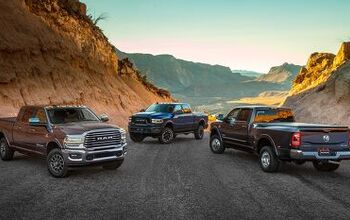

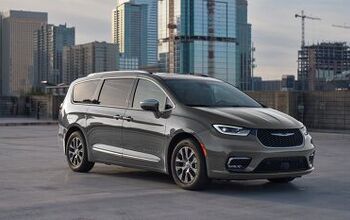
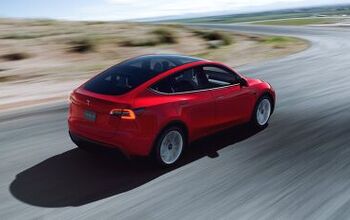
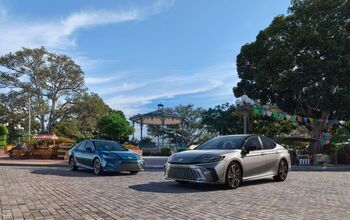
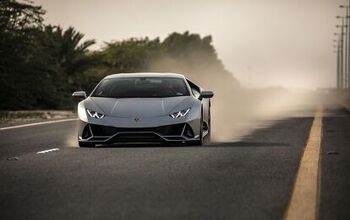
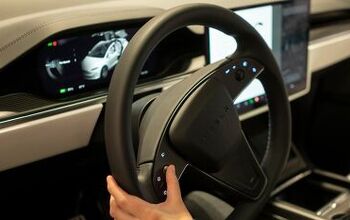
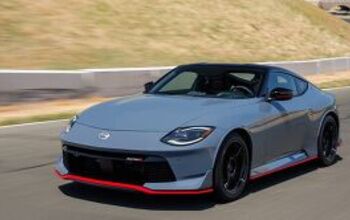
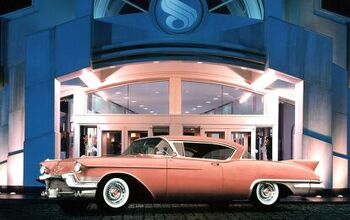

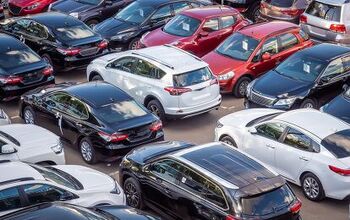



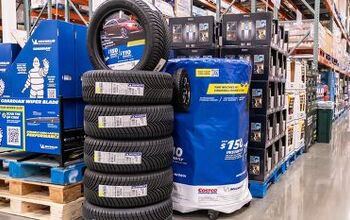
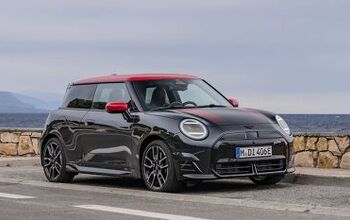
Comments
Join the conversation
All this talk about China becoming the next world leader and the next uber-car maker to eclipse the market makes no sense to me. China is in a HUGE economic and speculative bubble, several orders of magnitude larger than ours, especially with regard to real estate. The Chinese are building entire cities which are standing EMPTY, simply because they need to keep their people eating. They are printing worthless currency even faster than our government and handing it to banksters by the dump truck full. It will not end well and it will likely result in most of these suddenly wealthy Chinese going right back to eating dogs and cats again and living in shacks along side the river they use as both their source of food and their sewage system. They can't keep the QE game up forever, and neither can we. The crash is going to be EPIC.
... printing worthless money by the dump truck full? I thought you were talking about the Chinese .... FYI, the US government steadfastly maintains the Chinese currency should be worth much more.